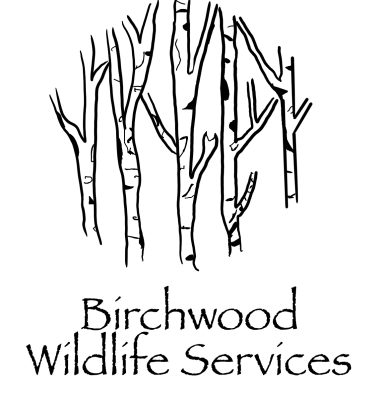The Damage Caused
Foxes
Foxes can cause a variety of damage in both rural and urban environments.
In agricultural settings, they are known to prey on poultry, lambs, and small livestock, leading to economic losses for farmers.
Foxes may also dig holes in gardens, golf courses, and playing fields in search of food or to create dens, disturbing the soil and damaging vegetation. In urban areas, they often scavenge through bins and compost heaps, scattering waste and creating sanitation issues.
Additionally, their presence can threaten native wildlife, especially ground-nesting birds and small mammals, through predation and competition.


Rabbits
Rabbits can cause extensive damage to both agricultural and natural environments.
Their constant gnawing and burrowing habits lead to the destruction of crops, young trees, and garden plants, significantly impacting food production and landscaping.
In farmlands, they often strip bark from the base of saplings and shrubs, weakening or killing the plants.
Their underground warrens can destabilise soil, leading to erosion and making land unsuitable for grazing or machinery.
In lawns and recreational areas, rabbit activity leaves behind uneven ground and unsightly patches, reducing the usability and aesthetic of these spaces.
Grey Squirrels
Wild squirrels can cause considerable damage in both natural and urban environments.
They often strip bark from trees to access the sap beneath, which can weaken or kill young trees and leave mature ones vulnerable to disease and pests.
In gardens and agricultural areas, squirrels dig up bulbs, consume fruits, and gnaw on crops, resulting in reduced yields.
In residential areas, they frequently infiltrate attics or sheds, chewing through insulation, electrical wiring, and wooden structures, creating fire hazards and costly repairs.
Their persistent gnawing behavior, driven by the need to wear down ever-growing teeth, can damage a wide variety of materials and infrastructure.


Geese
Wild geese can cause significant damage to both natural ecosystems and human-managed landscapes.
Their foraging habits often lead to overgrazing in fields, parks, and golf courses, stripping vegetation and leaving behind barren, muddy patches.
This not only disrupts local plant life but also contributes to soil erosion and water pollution from increased runoff.
Additionally, large flocks produce substantial amounts of droppings, which can contaminate water sources, pose health risks, and degrade recreational areas.
In agricultural settings, geese frequently feed on young crops such as wheat, corn, and soybeans, leading to notable financial losses for farmers.
Corvids
Wild corvids—such as crows, ravens, and magpies—can cause notable damage to both agriculture and ecosystems due to their intelligence and adaptability.
In farmlands, they often peck at and consume seeds, fruits, and young crops, reducing yields and impacting food production.
Corvids may also damage lawns and sports fields by digging small holes in search of grubs and insects, disrupting the soil surface.
Additionally, they sometimes raid the nests of other birds, eating eggs and chicks, which can negatively affect local biodiversity.
In urban areas, their scavenging habits can lead to litter spread and damage to bins or property.


Pigeons
Wild pigeons can cause various types of damage in urban and agricultural environments due to their nesting habits, droppings, and foraging behavior.
In cities, they often roost on buildings and ledges, where their acidic droppings can corrode stone, metal, and paint, leading to costly maintenance and structural decay.
Their nests can clog gutters and ventilation systems, increasing the risk of water damage and fire.
In agricultural areas, pigeons feed on grains, seeds, and seedlings, reducing crop yields and contaminating stored produce with feathers and droppings.
Large flocks can quickly deplete resources, making them a persistent nuisance for farmers and property owners alike.
Choose Ethical & Effective Pest Control
Shooting offers a controlled, respectful, and highly effective way to manage pest populations without compromising safety, biodiversity, or welfare standards.
If you're looking for a smarter alternative to poisons or traps, talk to us about professional wildlife control.
Contact us
Please get in touch if you would like a comprehensive and discreet no obligation survey from a fully insured specialist.
More often than not, we have to remain very still and very quiet, so please contact us via email.
We need your consent to load the translations
We use a third-party service to translate the website content that may collect data about your activity. Please review the details in the privacy policy and accept the service to view the translations.
